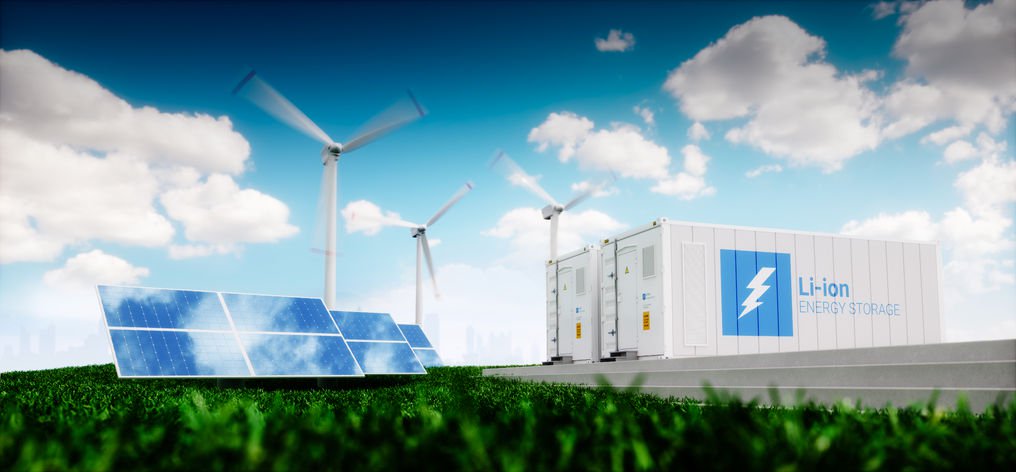Energy storage is no longer an asset class that utilities can ignore.
One of the biggest criticisms of renewable energy has been its inherently intermittent nature. Solar energy plants don’t produce power at night, and wind turbines don’t produce power without wind, so utilities need fossil-fuel or power plants to keep the grid running. Without a way to store renewable energy, fossil fuel will always be the backbone of the electric grid.
What’s changed in the past few years is that energy storage is suddenly an economical asset to consider as part of the electric grid. If regulators and utilities find ways for energy storage to generate revenue, finance companies will open up their wallets and fund investment. Before long, energy storage could change energy forever.

Solving the revenue problem
Energy storage is starting to make financial sense, which is the only way it will ever be able to reach scale. Utilities see value in energy storage as a way to offset expensive peak generation on high-demand days. For example, in one time of use rate plan in Southern California Edison’s territory (southern California) peak rates during the summer are $0.38 per kW-hr but rates during off-peak hours are just $0.13 per kW-hr. The $0.25 difference can be cost savings for homeowners with a battery by using the battery’s energy during peak hours and charging during off-peak. Depending on the size of the battery, savings could be a few dollars per day for consumers and for utilities it means buying less power from expensive peaker plants, helping lower rates for everyone.
Utilities are also seeing it as a way to reduce transmission and distribution costs, and even put off investment in new power plants. Con Edison is using batteries as part of a plan to defer $1.2 billion in substation investments. And new bids from solar plus energy storage are beating the cost of building new power plants.
Residential and commercial customers are seeing value from a different angle, using energy storage to reduce electricity bills. SunPower (NASDAQ:SPWR), Sunrun (NASDAQ:RUN), and Tesla (NASDAQ:TSLA) are starting to build energy storage systems that reduce on-site electric bills and can even bid capacity into electric grids by creating a virtual power plant. There are different models for consumers, but the time of use rate savings I highlighted above is one option and another is commercial building owners saving on demand charges by batteries lowering their peak electricity usage each month.
There’s now money to be made in energy storage, so if costs are low enough, the investments will make financial sense.
Read more: Motley Fool




